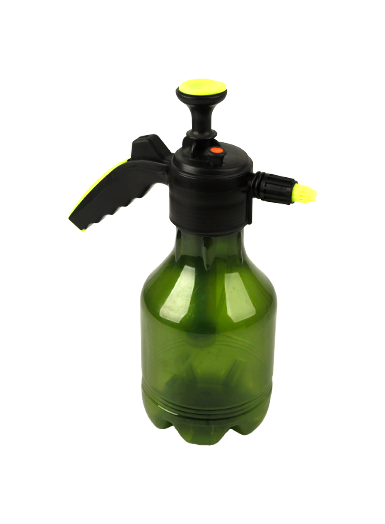It Is A Professional Sprayer Manufacturer Integrating Research, Design And Development.
+86-15824002009 Contact UsWatering cans have long been essential tools for gardeners, landscapers, and plant enthusiasts. Among the various types of watering cans available today, the air pressure watering can stands out for its innovative design and improved efficiency. Unlike traditional watering cans, air pressure watering cans utilize pressurized air to deliver a more consistent and controlled flow of water. This feature makes them especially useful for delicate plants, large gardens, and precise watering tasks.

The advantages include better water control, reduced spillage, and often less physical effort during watering. The design, however, can vary widely, resulting in different styles adapted to specific gardening or agricultural tasks.
1. Classic Hand Pump Air Pressure Watering Can
The classic hand pump style is the common type of air pressure watering can. It typically features a cylindrical or rectangular tank with a manual hand pump attached to the top or side. Users pump air into the tank by operating the pump handle, creating pressure inside.
Design Characteristics:
Manual air pump integrated into the watering can.
Usually equipped with a detachable or fixed watering spout.
Capacity ranges typically from 1 to 5 liters.
Simple valve or trigger mechanism controls water release.
Applications and Benefits:
This style suits small to medium-sized gardens and indoor plants. Its compact size and manual operation provide users with direct control over water pressure and flow. It is particularly beneficial for delicate seedlings or flowers that require gentle watering.
2. Backpack Air Pressure Watering Can
Backpack air pressure watering cans are designed for larger gardening or agricultural tasks. These models feature a tank worn on the back, supported by adjustable shoulder straps. The pressurization system often includes a manual pump integrated into the tank or a separate pump mechanism.
Design Characteristics:
Larger tank capacity, commonly between 8 to 15 liters.
Adjustable shoulder straps for ergonomic carrying.
Hose and wand connected to the tank for precise watering.
Pump handle usually positioned for easy access during use.
Applications and Benefits:
Backpack styles are ideal for users who need to move frequently over larger areas, such as vegetable patches, orchards, or greenhouses. The backpack design distributes weight evenly, reducing strain during extended use. The hose and wand setup allows for targeted watering, essential for plants requiring different moisture levels.
3. Handheld Trigger Air Pressure Watering Can
This style resembles a spray bottle but operates on the air pressure principle. The water container is held in one hand, and a trigger or lever controls water release. Users pump air into the container manually before watering.
Design Characteristics:
Compact size, typically 0.5 to 2 liters capacity.
Built-in pump and trigger mechanism.
Nozzle may offer adjustable spray patterns.
Lightweight and easy to handle.
Applications and Benefits:
Handheld trigger air pressure watering cans are well suited for indoor plants, balcony gardens, and small potted plants. Their compact size and precision spray control make them convenient for detailed watering tasks where excess water could harm plants. They are also popular among hobby gardeners for ease of use.
4. Electric or Battery-Powered Air Pressure Watering Can
While air pressure watering cans rely on manual pumping, some modern styles incorporate electric or battery-powered pumps. These models automate the pressurization process, reducing physical effort.
Design Characteristics:
Rechargeable battery or power source integrated.
Automated pump system maintains consistent pressure.
Digital controls or simple buttons to start/stop watering.
Often includes adjustable nozzle and spray settings.
Applications and Benefits:
Electric air pressure watering cans are suited for users who prioritize convenience or have mobility limitations. They can cover medium to large gardening areas with less effort. The consistent pressure provided by automated pumps improves watering uniformity and efficiency.
We will provide you with the latest product
information as soon as possible
